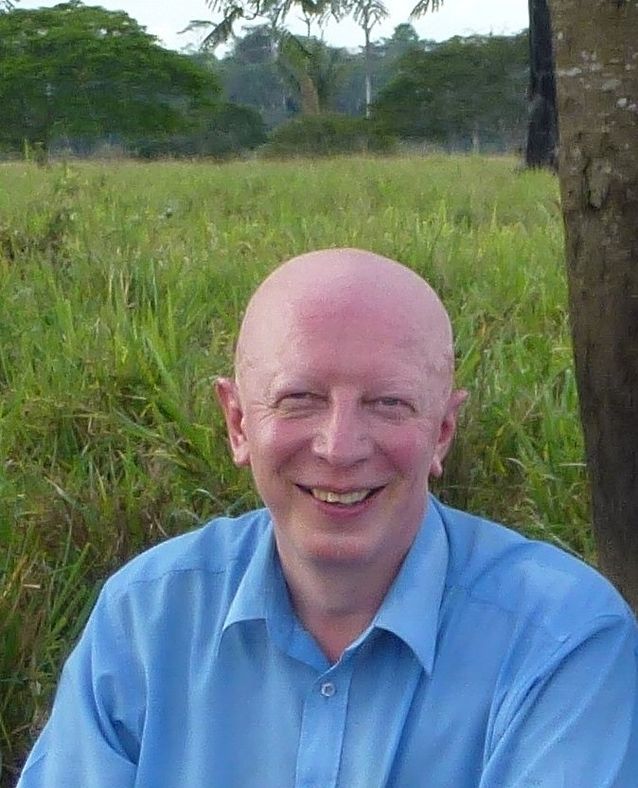Martti Pärssinen
Born February 26, 1956, Kiikka (modern-day Saastamala)
Master of Arts 1984, Licentiate 1985, PhD 1992 (History), University of Turku
Master of Arts 1988 (anthropology), University of Rochester (NY)
Docent in Latin American history 2001, University of Turku
Professor of Latin American Studies 1999–, University of Helsinki
Director of the Finnish Institute in Madrid 1996–99, 2007–12
Researcher 1989–92, 1995–96, Department of History, University of Turku
Academy research fellow 1988–89, 1992–95, Academy of Finland
Archaeological research assistant 1985, University of Turku
Visiting professor:
Department of History, Higher University of San Andrés, La Paz (Bolivia) 2002–04
The Simon Bolivar Chair, University of Paris III: Sorbonne Nouvelle 2001
School for Advanced Studies in the Social Sciences, Paris 1996
Research themes:
The political, economic and religious systems of the Inka state (1400–1532)
Spanish political, economic and church bodies in the colonial era Andes.
Spanish and Portuguese archive sources and chronicles
The Inka’s quipu writing system and military expansion
Cultural development in the pre-Inka period, particularly the so-called Late Intermediate Period (1000–1450) of the Southern Central Andes
Tiwanakau culture (500–1050)
The ancient Amazonian civilisation found in Acre, Brazil 250 BC–1300 AD
Long-term cultural development in the West Amazon in the post-Ice-Age Holocene period
Environmental, geo and climate history in the South American Holocene period
Multi- and interdisciplinary research
The Columbian peace process in the 2000s
Publications, research projects and other academic activity
Photo: Mika Federley
Written by Martti Pärssinen (Kaija Hartikainen, ed.)
Translated by Matthew Billington

